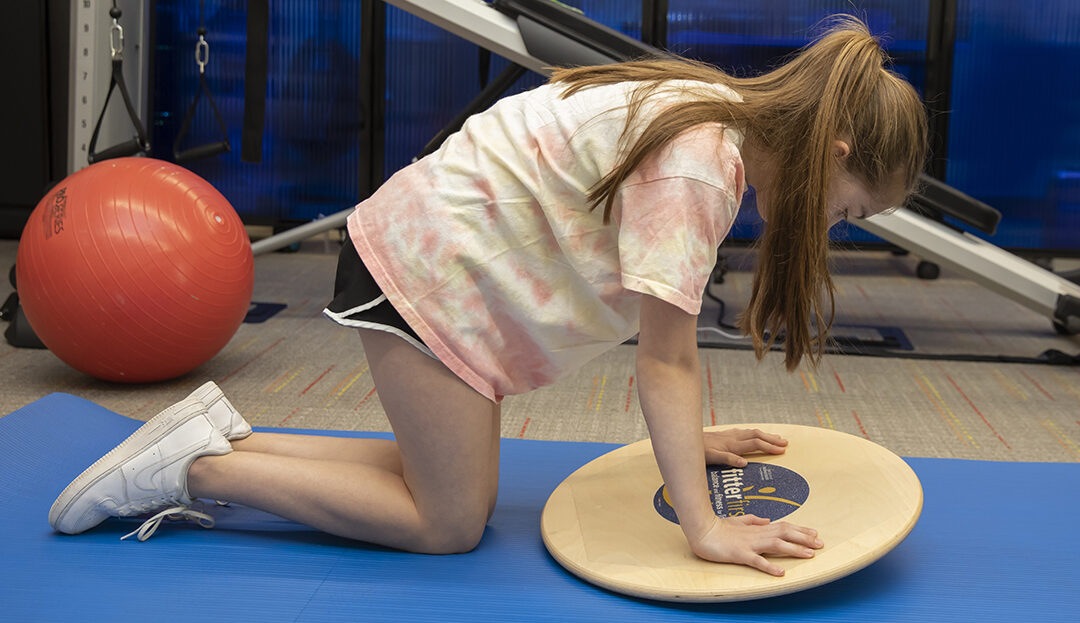Not too many athletes spend as much time on their hands, so this condition is most common in gymnasts. Because of this, it’s commonly referred to as, “gymnast’s wrist.” Take a few minutes to learn more about this condition and how to recognize early signs and better yet, prevent it.
What is gymnast’s wrist?
Gymnast’s wrist is an overuse injury that causes pain and tenderness in one of the forearm bones, the radius. Distal radial epiphysitis is inflammation in the growth plate near the wrist. This injury is seen, not only in gymnasts, but also in active growing children and teens and is more common in girls than boys. This commonly occurs during periods of rapid growth and/or increased activity.
What causes epiphysitis of the distal radius?
A growth center or epiphyseal plate is an area near the end of long bones that allows for continued growth of a bone. This area is made up of soft cells called cartilage. These weaker cells are at a higher risk of injury. Repeated stress or compression in this area causes damage and inflammation that can be painful.
Activities that require repetitive weight-bearing through the hands, particularly in extension, include:
- Tumbling or vaulting
- Impact or loading in wrist extension with cheerleading and stunting
- High volume or intensity of training
Treatment is imperative to prevent long-term damage of the wrist. Without treatment, continued trauma to this area can cause the growth plate to become bone (ossify) early which may require surgery in the future to correct. With early and proper treatment, most recover well without surgery.
The initial treatment is rest from impact and weight-bearing activities. A gradual and guided return to normal movement and activities is important.
When pain has improved, an occupational therapist (OT) will guide the progression of exercises, and when cleared by the physician, introduce weight-bearing activities and transition back to sport as strength and pain allow.
How long do symptoms of gymnast’s wrist last?
Untreated, symptoms may persist until completion of growth in this area. In time, stronger bone cells replace the soft cartilage cells, but pain may still come and go for months to years.
To prevent recurrence, it is important to continue the recommended exercises and to avoid excessive training and impact. Pain may come back or worsen during sports or strenuous activities and treatment may be started again. With proper management, most athletes can return to their sport within 3-6 months from the start of treatment.
Can epiphysitis of the distal radius be prevented?
Any athlete that participates in repetitive weight-bearing and loading of the wrist is at risk for this injury.
Some actions to help prevent this include:
- Warming-up and stretching before participating in weight-bearing activities will reduce stress on joints.
- Limit or vary physical activities to avoid overtraining and overuse. Spread out training for high-impact activities such as tumbling and vault to separate days and allow a day or two of rest between them.
- Rest when sore or in pain.
- Maintain wrist and grip strength to help support the joint and absorb some of the impact.
- Wear wrist braces such as Tiger Paws® wrist supports to prevent wrist hyperextension and help decrease stress on your wrists.
- Be aware of changes in wrist pain with increases in training time or when training for a higher level of competition.
Learn about other overuse injuries in gymnasts.

